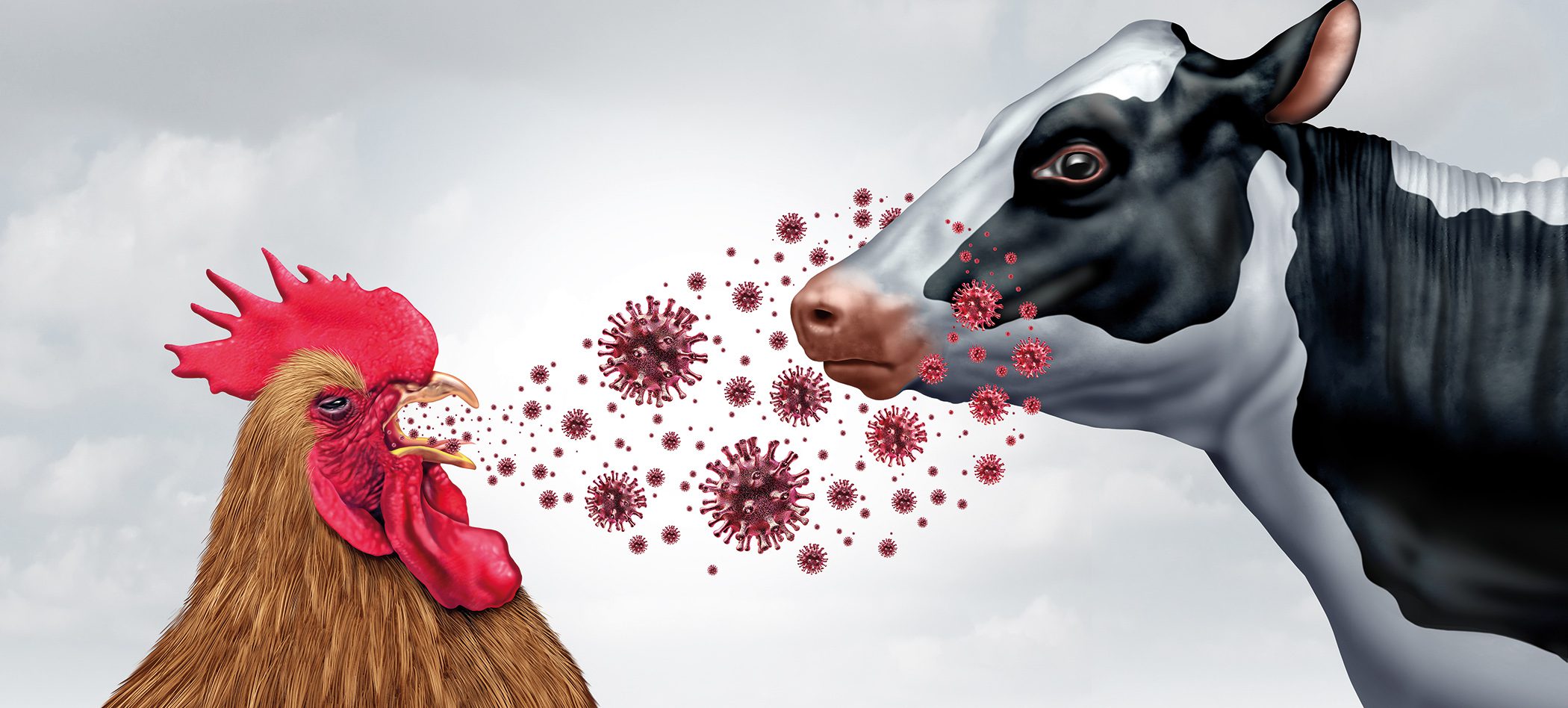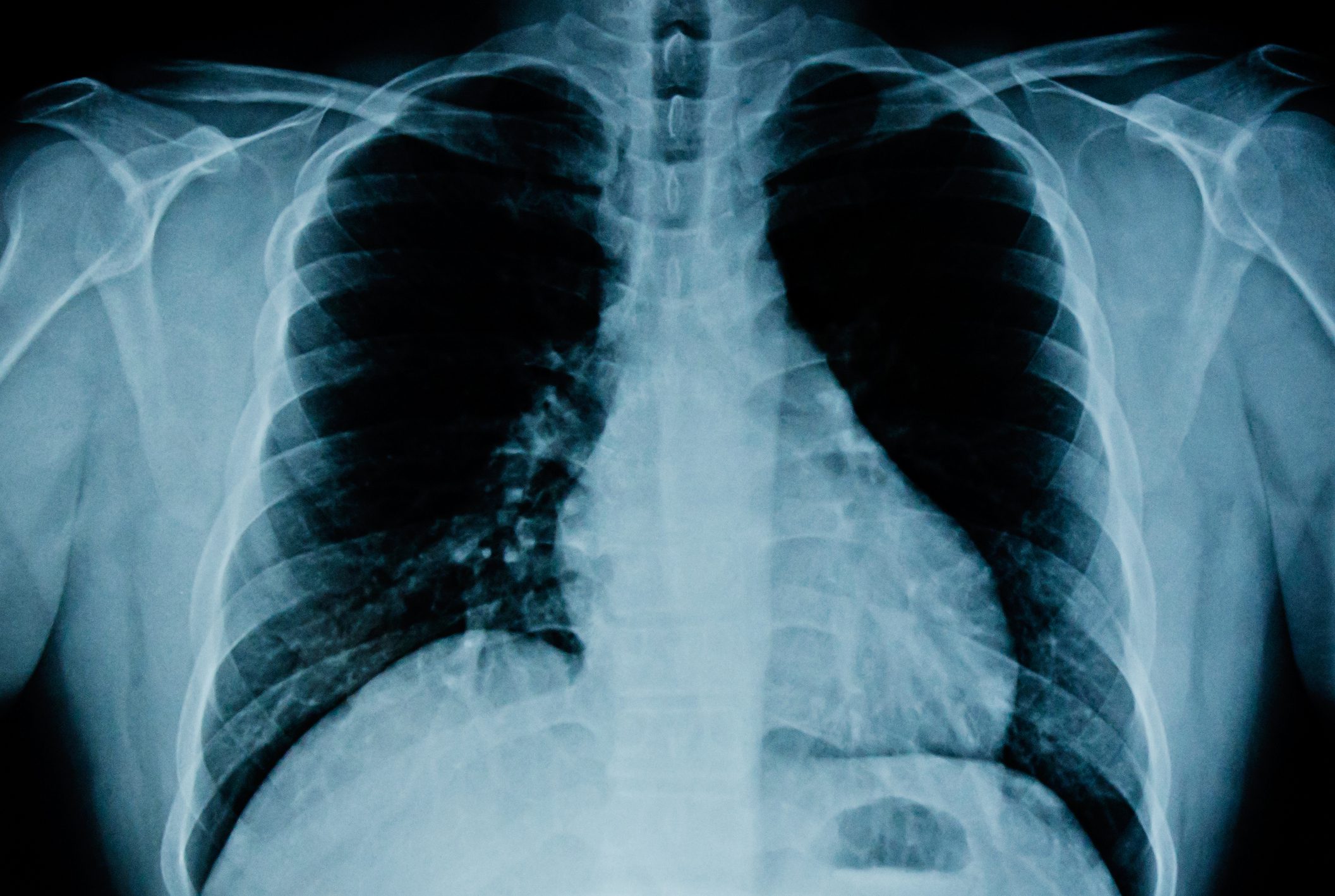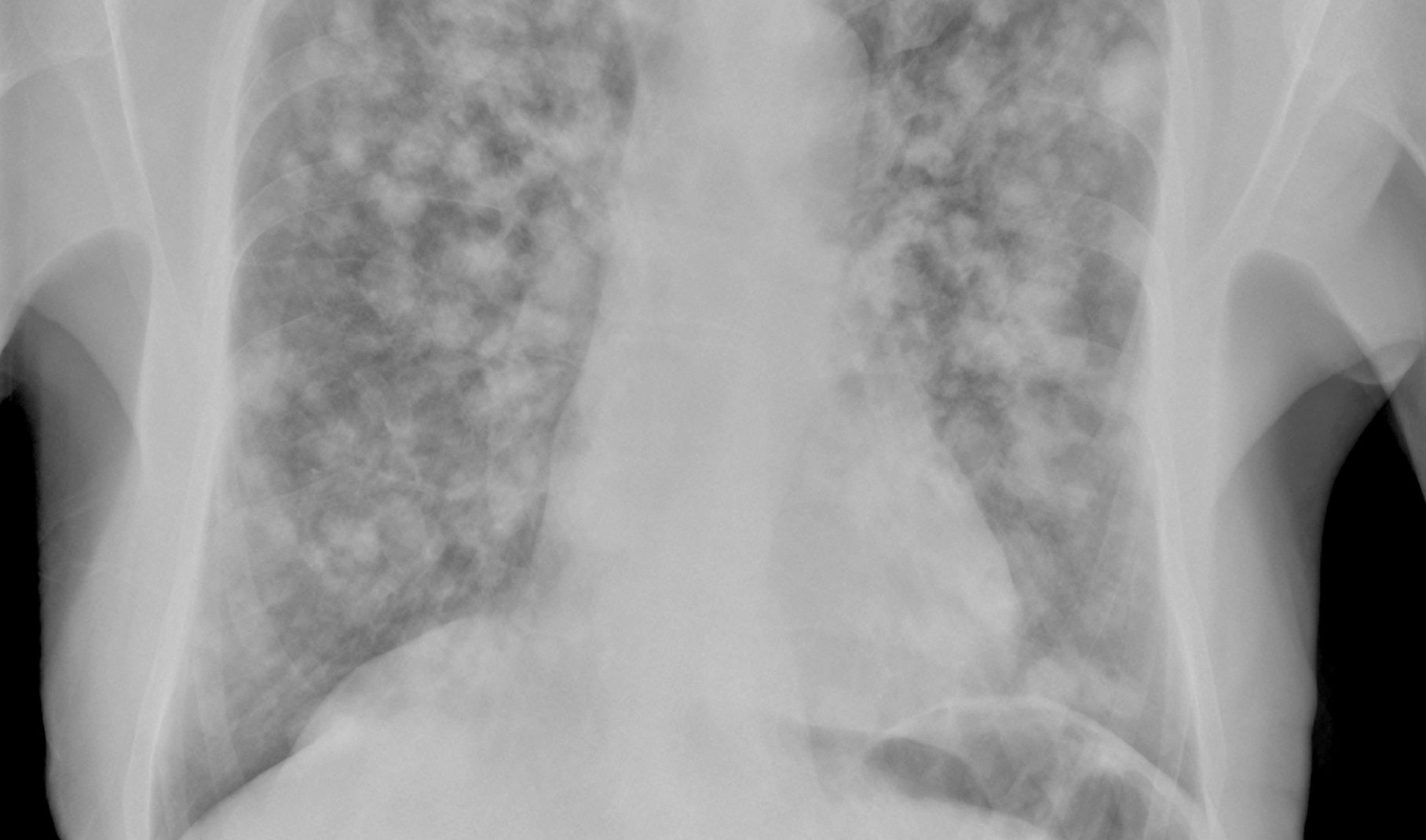In recent years, more and more infections with the H5N1 influenza A virus have been detected in mammals. Humans are also at risk, and therefore fear of this highly pathogenic avian influenza virus is growing. In 2024, A(H5N1) viruses have caused widespread infections in dairy cows and poultry in the United States, with a few cases in humans.
Autoren
- Jens Dehn
Publikation
- InFo PNEUMOLOGIE & ALLERGOLOGIE
- HAUSARZT PRAXIS
Related Topics
You May Also Like
- Case report: bronchobiliary fistula
Disguised as pneumonia
- Rehospitalization risk for cardiopulmonary diseases
Transition to the outpatient setting is crucial
- Telemonitoring
Home earlier: sensory T-shirt monitors vital functions
- Ginkgo biloba for mild dementia: new meta-analysis
Improvements in several domains relevant to everyday life
- From symptom to diagnosis
Dyspnea – Lung metastases
- Potential biomarkers for diagnostics, prognosis and therapy
Male infertility
- Artesunate in uro-oncology
Integrin modulation for the control of metastases in cisplatin-resistant bladder cancer
- Long-term study with dementia patients











